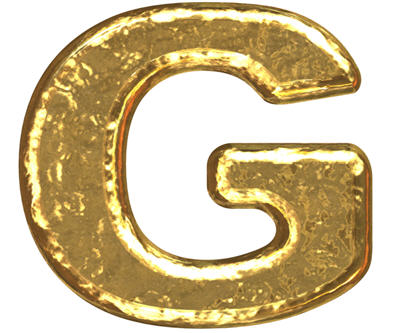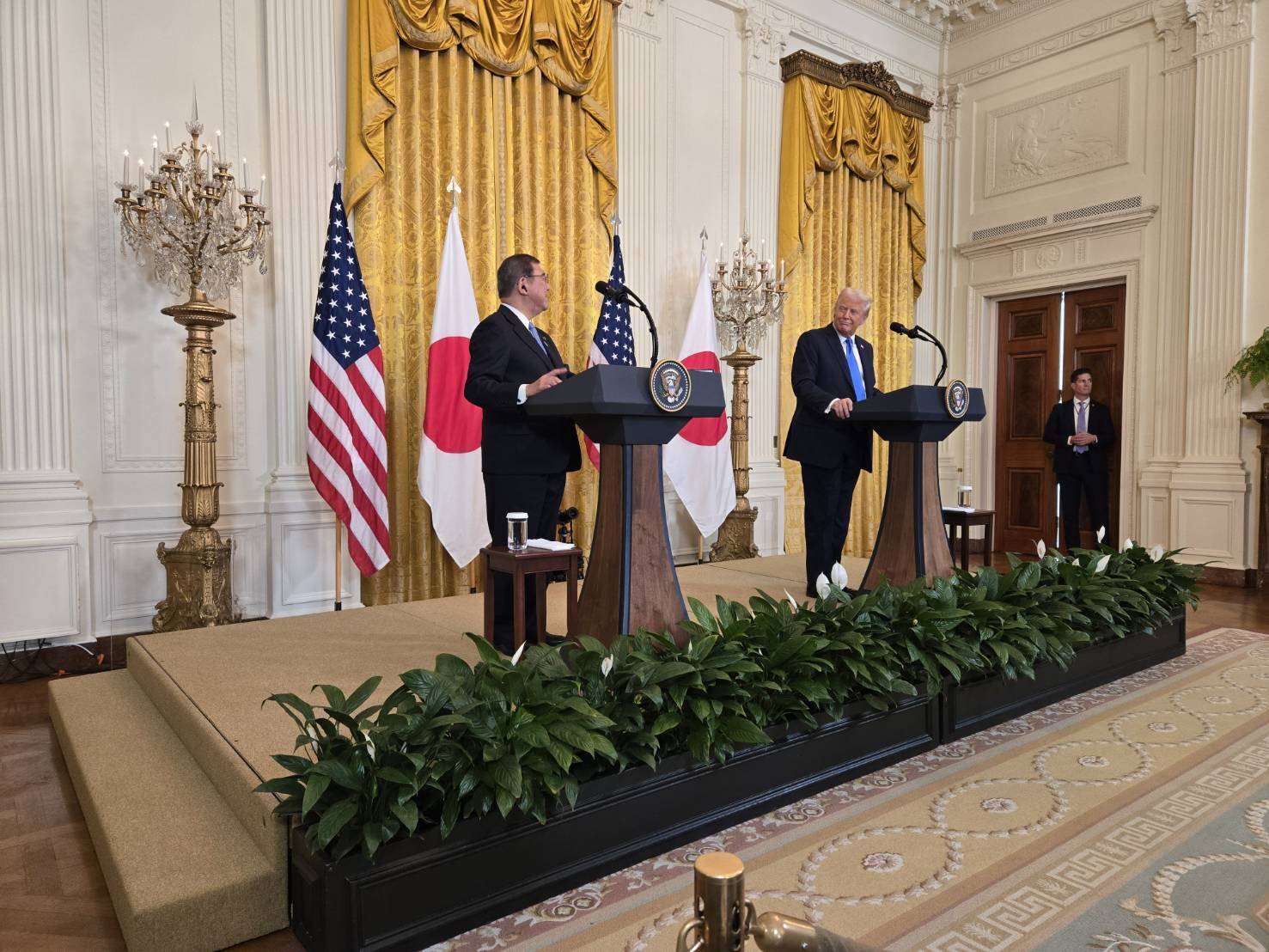Gold: A dead cat bouncing or last chance to buy before Grexit and QE in the EU send prices rocketing?

By late afternoon Thursday in New York spot gold was still trading near its highs for the day after gaining more than $41 an ounce or 2.6% since the open.
Gold was recovering from an intra-day low yesterday when the yellow metal dipped to $1,528, briefly signalling a bear market with gold 20% below the record of $1,913 hit on August 23 last year.
Traders said the rally was a result of investors who had been waiting on the sidelines for a lower price to get back into the market. Others thought it was mainly due to technical buying as gold was approaching its 100-day moving average and may just be a ‘dead-cat bounce’ or temporary rally.
Bloomberg quotes a trader at a US hedge fund as saying “the pace and extent of the rise smell very much like short-covering to me.”
The Financial Times (sub required) found another skeptic Edel Tully, a precious metals strategist at UBS, who said that the yellow metal has not found a floor yet:
While many investors were considering options about buying into the gold market and current prices were “tempting”, many more preferred “to wait before they pull that trigger. A move below $1,500 seems necessary to attract interest”, she added.
Nevertheless, Thursday’s rally in gold came despite a strengthening US dollar which has enjoyed a 14-day winning streak. Usually gold moves in the opposite direction as the dollar.
The drumbeat of a renewed program of some type of monetary policy easing by the US Federal Reserve was getting louder on Thursday and some analysts now predict a European equivalent of quantitative easing as a Greek exit from the euro become likelier.
That there is already a term for this scenario among traders – ‘Grexit’ – is an indication of just how much it is being talked about.
The IMF itself suggested yesterday that the European Central Bank “may need to pursue unconventional measures.”
Unexpected bad economic news from the US – the Philadelphia Fed survey fell from positive to negative – also strengthened the case for US easing.
The last time this happened was August last year, a month before Operation Twist was announced which pumped $400 billion into markets. Twist is set to expire in June and followed QE1 and QE2 when the Fed bought $2.3 trillion of bonds.
If the EU joins the US in flooding the market with cheap money it will be a massive boon for gold. Gold should recapture its allure as a storer of wealth and an inflation hedge. And it would hurt the dollar, boosting the metal’s price.
It is worth remembering that before the Fed kicked off QE1 on 16 December 2008 an ounce of gold was changing hands for $837.
Reuters on Thursday spoke to the author of a new book who shares this bullish outlook saying “a return to the gold standard is inevitable, perhaps as early as next year.
“And gold prices could hit $10,000 an ounce,” as the Bric countries – led by Russia – seek an alternative to the dollar, the IMF and the World Bank.
{{ commodity.name }}
{{ post.title }}
{{ post.date }}


2 Comments
Minin4au
If the EU floods the market with cheap money, then the US dollar will look stronger by comparison, making the price of gold go down.
Ed233
As long as the developed countries are prepared to ( kick the can down the road) turn a blind eye towards tackling this exponentially mounting debt there will exist excessive printing of fiat money as a band-aid. Their is no political will. Politicians are only concerned with getting elected. Promise what you can’t deliver and when the time of re-election comes you simply blame it on the other side. “We are looking after you!!!! It’s their fault because they wouldn’t let up implement our policies.” The politicians are like well meaning drunken fools. Talking to them is like telling a drunk he must stop drinking. We all really know when the drunk will stop drinking. And unfortunately we all know when austerity rears its ugly head, usually when it’s too late. Chaos is not foreign to developed countries but it’s more common in communistic like countries where politicians strive for life tenure. Is this beginning to look familiar in the west? The Euro experiment certainly has spotlighted those countries who use excessive debt as a substitute for common sense austerity. Gold is a commodity that measures the gauge of inflation. If you think that inflation is going to rise as opposed to deflation then you better load up on all the gold that you can afford. Gold will have its day. LOL